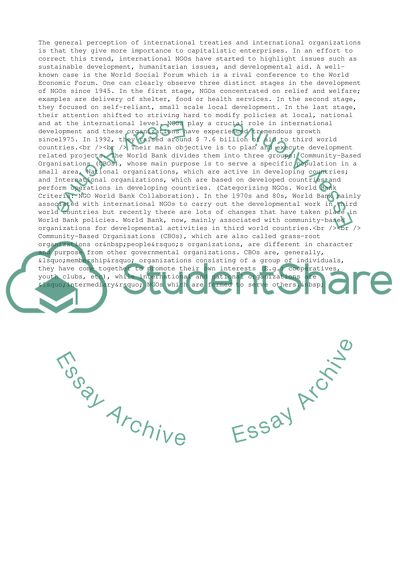Cite this document
(Non-Governmental Organisations Case Study Example | Topics and Well Written Essays - 2250 words, n.d.)
Non-Governmental Organisations Case Study Example | Topics and Well Written Essays - 2250 words. Retrieved from https://studentshare.org/business/1706559-3analyse-the-extent-to-which-ngos-should-play-a-leading-role-in-policy-formation-and-running-projects-and-programmes-on-the-ground-in-developing-countries
Non-Governmental Organisations Case Study Example | Topics and Well Written Essays - 2250 words. Retrieved from https://studentshare.org/business/1706559-3analyse-the-extent-to-which-ngos-should-play-a-leading-role-in-policy-formation-and-running-projects-and-programmes-on-the-ground-in-developing-countries
(Non-Governmental Organisations Case Study Example | Topics and Well Written Essays - 2250 Words)
Non-Governmental Organisations Case Study Example | Topics and Well Written Essays - 2250 Words. https://studentshare.org/business/1706559-3analyse-the-extent-to-which-ngos-should-play-a-leading-role-in-policy-formation-and-running-projects-and-programmes-on-the-ground-in-developing-countries.
Non-Governmental Organisations Case Study Example | Topics and Well Written Essays - 2250 Words. https://studentshare.org/business/1706559-3analyse-the-extent-to-which-ngos-should-play-a-leading-role-in-policy-formation-and-running-projects-and-programmes-on-the-ground-in-developing-countries.
“Non-Governmental Organisations Case Study Example | Topics and Well Written Essays - 2250 Words”. https://studentshare.org/business/1706559-3analyse-the-extent-to-which-ngos-should-play-a-leading-role-in-policy-formation-and-running-projects-and-programmes-on-the-ground-in-developing-countries.


